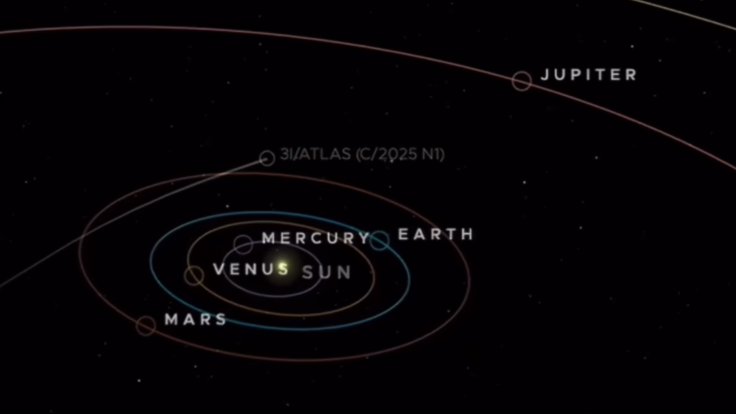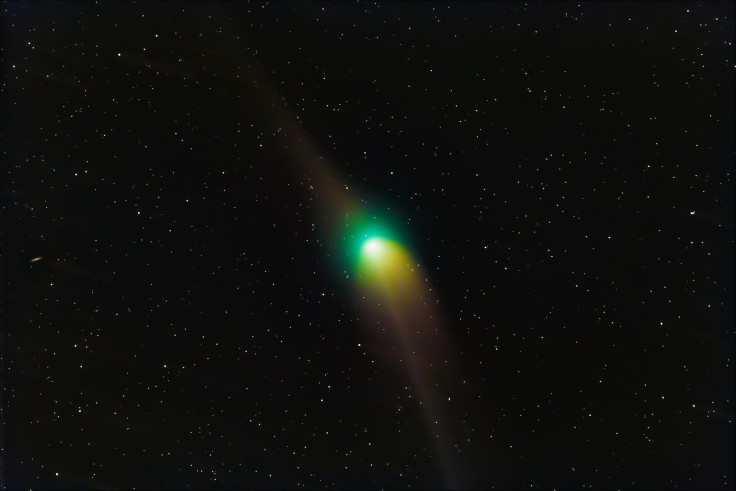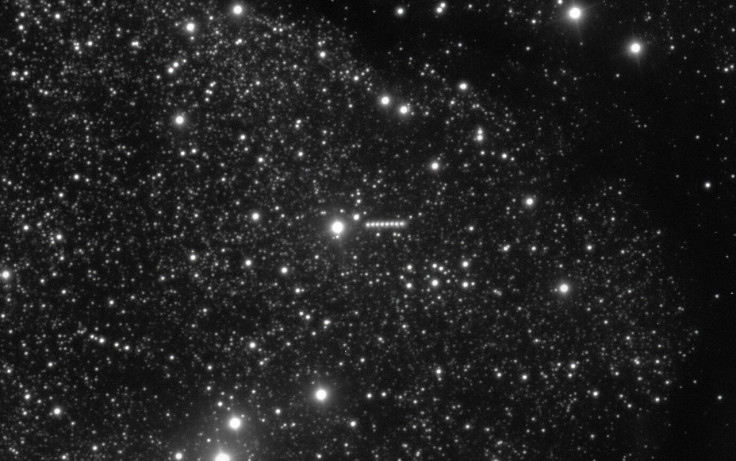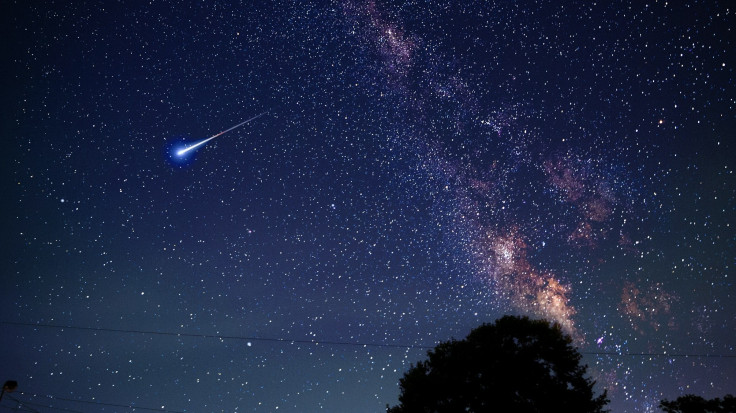
It sounds like the beginning of a science-fiction novel. An object from the dark void between the stars streaks into our solar system, behaving in ways that defy easy explanation.
Following a sudden, unexpected burst of energy and strange emissions from the object, the world's official planetary defence organisation, in coordination with NASA, has for the first time designated an interstellar visitor as a potential threat. The object is 3I/ATLAS, and it has just become the subject of a global monitoring campaign.

A New Precedent: Why 3I/ATLAS Is Different
The organisation sounding the alarm is the International Asteroid Warning Network (IAWN), a group endorsed by the United Nations. The IAWN's entire purpose is to coordinate a global response to near-Earth objects that could pose a danger to the planet. Now, this powerful network has turned its focus to 3I/ATLAS.
This is not a drill; the IAWN has initiated a full-scale 'global monitoring campaign.' This sudden activation has sparked a viral debate online because it appears to contradict earlier, more sedate statements from space agencies that have downplayed the object's threat level.
For months, the official line has been one of scientific curiosity, but this sudden shift to a planetary defence posture has led many to question what has changed and what information is being withheld from the public.

The Interstellar Visitor 3I/ATLAS: A Target for Defence
While official details are limited, the object is believed to be Manhattan-sized and has been the subject of intense speculation. Previous reports from astronomers like Harvard's Avi Loeb have highlighted bizarre emissions of industrial-grade nickel.
More recently, unverified leaks from a purported ESA insider alleged the object is emitting a constant 'engine-like sound', claims that have only fueled the public's anxiety.
The decision to treat 3I/ATLAS as a 'planetary defense target' is a stark departure from how such objects have been handled in the past. This designation implies that its trajectory, size, or recent behaviour has raised sufficient concern to warrant this new level of scrutiny.
The monitoring campaign, which reportedly began in October 2025, will involve observatories worldwide working together to track the object's path and, most importantly, calculate if it poses any risk to Earth.
🚨 The International Asteroid Warning Network Just Targeted 3I/ATLAS
— Skywatch Signal (@UAPWatchers) October 23, 2025
It finally happened. The International Asteroid Warning Network (IAWN) the UN endorsed planetary defense group has initiated a global monitoring campaign for the interstellar visitor 3I/ATLAS.
This marks the… pic.twitter.com/buI7dDGgvg
A 'First in History' Moment for 3I/ATLAS and Planetary Defence
The gravity of this event cannot be overstated. As the original report notes, 'This marks the first time in history an interstellar object has been treated as a planetary defense target.' Every previous alert has focused on asteroids and comets born in our own solar system.
Experts stress that while the trajectories of local asteroids are well-understood and can be predicted years in advance, the behaviour of an interstellar object that may be actively emitting gases or changing its course is a completely new and unpredictable variable.
3I/ATLAS represents an unknown. Its arrival forces us to reckon with the fact that threats can come from deep space. This new protocol effectively sets the standard for how humanity will handle all future interstellar visitors.

The stars just became a little less quiet. Is this a prudent, necessary precaution by NASA and the IAWN, or is it a quiet admission that the threat from 3I/ATLAS may be more real than the public has been led to believe?
As the global campaign ramps up, the world will be watching, not just with scientific curiosity, but with a new sense of vigilance. The viral debate has just begun.







